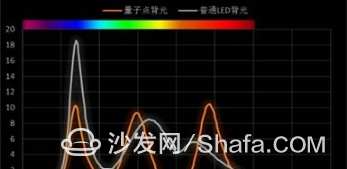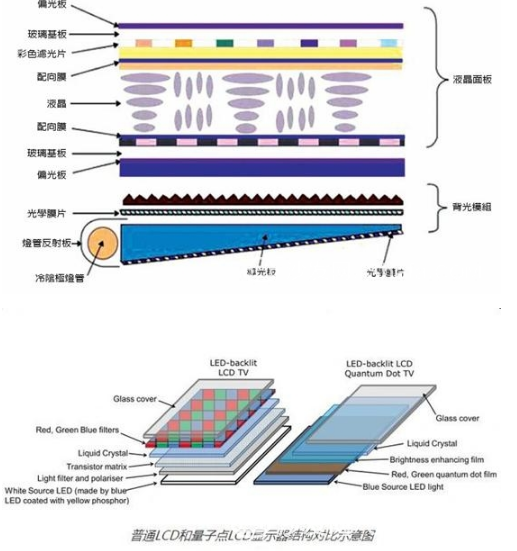The term "quantum dot screen" has recently gained a lot of attention, especially after LG G4 introduced it to the public. Quantum dot technology is claimed to offer a wider color gamut, higher brightness, better contrast, and more accurate color reproduction compared to traditional IPS screens. More recently, the concept has resurfaced in the TV industry, as Samsung has expressed strong interest in quantum dot technology, believing it could be the next big thing—rather than OLED. But what exactly is quantum dot technology, and can it truly challenge the dominance of IPS and OLED displays?
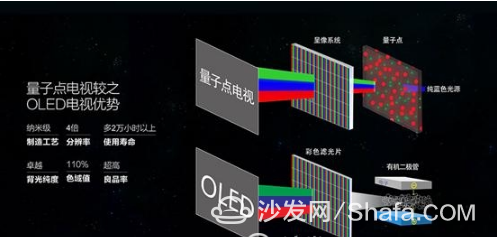
Quantum dots, also known as nanocrystals, are tiny particles typically ranging from 1 to 10 nanometers in size. When excited by light or electricity, they emit fluorescence with specific wavelengths. In the context of displays, quantum dot technology is primarily used to enhance the backlight system of LCDs. Compared to conventional backlights, quantum dot-based lighting produces much purer colors, which significantly improves color accuracy and vibrancy.
LCD screens rely heavily on their backlighting system, which plays a crucial role in determining display quality. Traditional backlights often produce a broad spectrum of light, which can reduce color purity. Quantum dot technology, however, allows for more precise control over the light emitted, leading to more vivid and accurate colors. This makes quantum dot-enhanced LCDs a compelling alternative to other display technologies.
When it comes to color gamut, OLED screens have long been considered superior. According to data from WHYLAB, OLED panels typically exceed 100% NTSC color coverage. Theoretically, quantum dot screens can reach up to 110% NTSC. However, real-world tests, such as those conducted on the LG G4, show that actual performance still lags behind this theoretical potential. The measured color gamut of the LG G4 was around 82.37%, which is wide but not yet competitive with OLED.
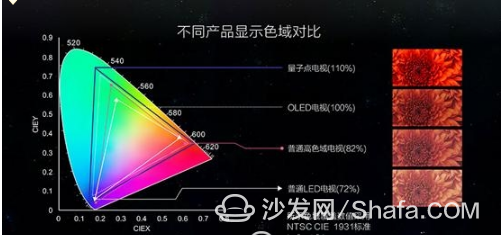
In terms of brightness and contrast, the LG G4 performed well, achieving a peak brightness of 505 nits and a static contrast ratio of 1835:1. These figures are impressive and place it among the top-tier displays at the time. Despite these strengths, quantum dot technology hasn't fully outperformed the best IPS or OLED screens. It's possible that the technology is still in its early stages, with room for improvement.
We believe that while quantum dot screens may not yet be the dominant force, their development is promising. With growing interest from major manufacturers like Samsung and LG, and increasing investment from both domestic and international companies, we expect significant advancements in the future. Quantum dot technology has the potential to become a major player in the display market, offering new possibilities for color accuracy, brightness, and efficiency.
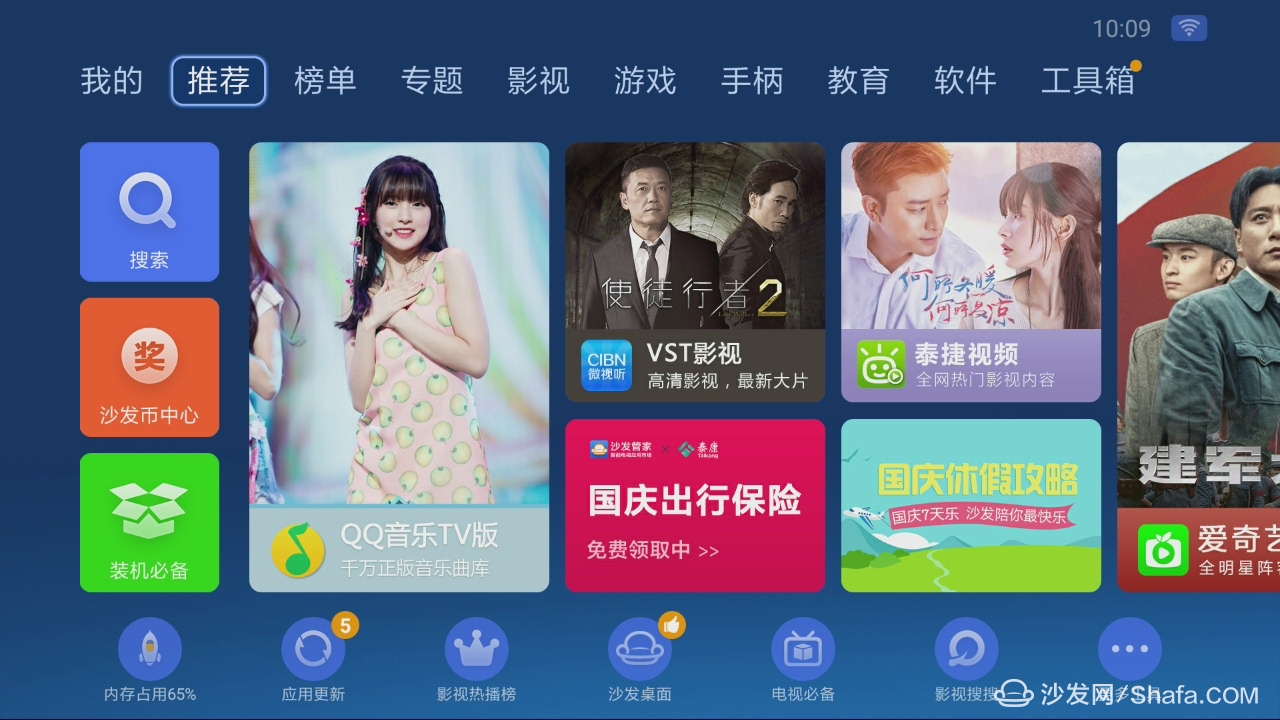
For more information on smart TVs and set-top boxes, visit Smart TV Information Network (http://), a leading platform in China for smart TV and box-related news, reviews, and support.
Rack Mounted Line Interactive UPS
Line Interactive UPS
Shenzhen Unitronic Power System Co., Ltd , https://www.unitronicpower.com


